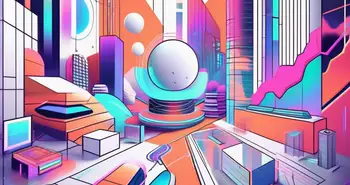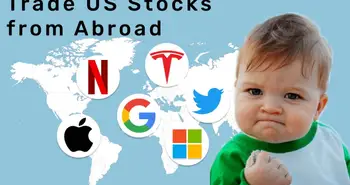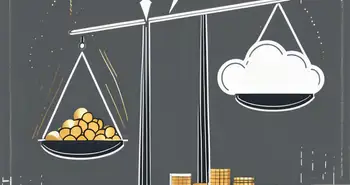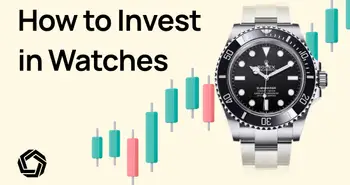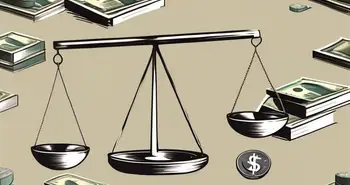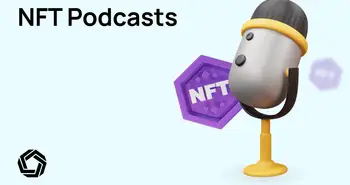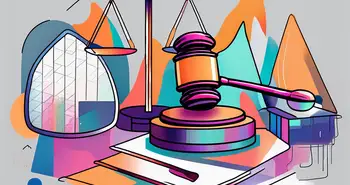Article Contents
How to Invest in NFTs
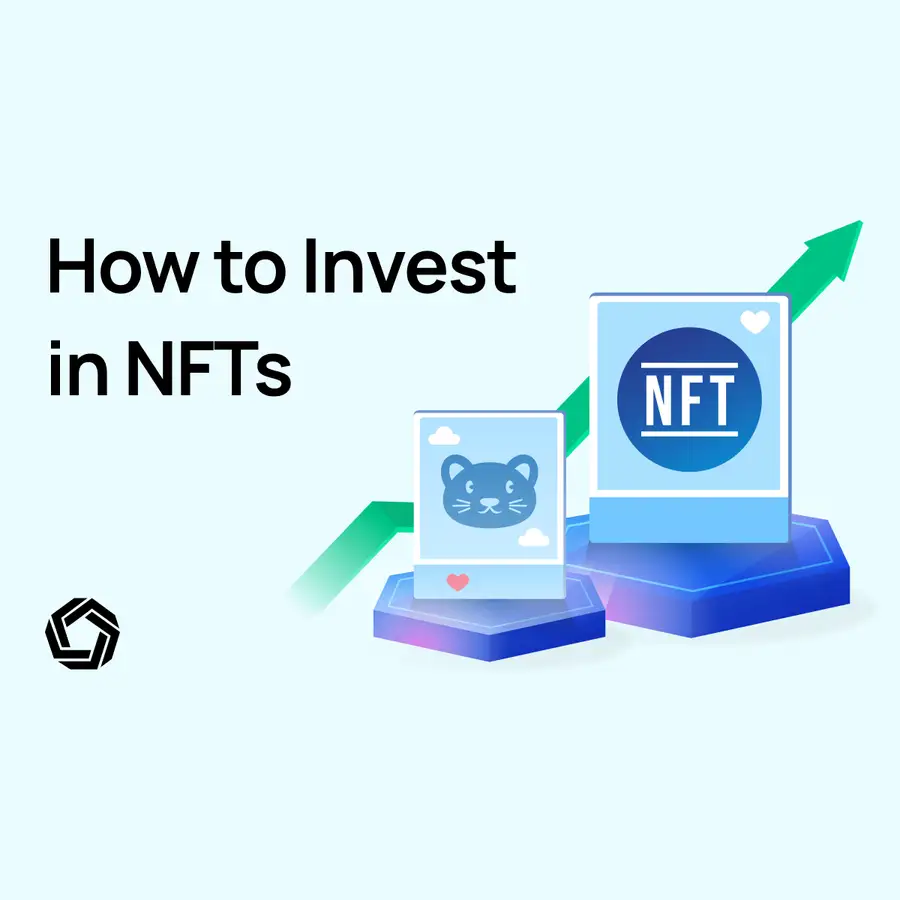
Investing in NFTs – how should that be possible? I thought NFTs were just funny JPEGs people put on their profile pictures on Twitter… Truth be told, NFTs are much more than that; some even consider them the first art forms of the new age. The new age, in this case, is the digital age. Similar to how we have gone through different periods of artistic influences like the Renaissance or Cubism, NFTs should become the beginning of a new era. In the same way that the materials and methods for paintings changed during these epochs, NFTs will change how art is created and perceived for years or even decades to come. At least, that is what some art enthusiasts and tech gurus believe.
That is one of the main reasons people have also started viewing them as viable investment options. In fact, many people got lucky and could amass fortunes by investing and selling this digital artform during the NFT crazy in 2021. But for many, investing in NFTs still doesn't make sense. Why are NFTs considered to be such a good investment by many?
To truly understand their potential as an investment, we must first grasp their definition. Let us bring you up to speed with a primer on non-fungible tokens. The first question should be about what sets NFTs apart. The answer is coupled with their non-fungible nature – their uniqueness makes them stand out as assets.
Now, let's take a moment to examine fungible tokens—their opposite counterpart. Consider the US Dollar—a perfect example of a fungible token! You can exchange one dollar for another without any loss in value.
For instance, when receiving change at the grocery store counter, you don't worry about which specific dollar bills you're given. This is because each dollar holds the same value and is interchangeable.
Let's shift our focus to non-fungibles—they are not interchangeable!
Imagine owning the original Mona Lisa, one of art history's most iconic masterpieces by Leonardo Da Vinci. Would trading that priceless piece for a human-made copy make sense?
This is where the critical distinction lies—the value of a replica pales compared to that of the original “one-and-only” Mona Lisa masterpiece.
The same holds for NFTs; every NFT is entirely unique. The blockchain makes that possible, enabling the existence and ensuring the NFT's authenticity. This proof of ownership improves many things and solves challenges like fair compensation in the art world.
NFTs, in essence, are digital property rights. Authenticity and scarcity captivate humans everywhere – that is also why so many rich people pay crazy amounts for random collectors' items. So when someone dismisses NFTs as worthless—they always think that the art market is worth trillions of dollars, and people who do not care about money, will always care much more about owning the real thing versus a copy.
We learn that art is not valueless; people care about genuine authenticity and are willing to pay money for that. A copy of a famous original painting is not considered Art; by extension, NFTs are not just JPEGs. The utility of NFTs is going a long way, from music ownership to getting access to exclusive discords or communities, even to digital identity or certificates for work. In substance, then…think of NFTs as genuine digital property rights.
“NFTs are a way to own a unique digital item. Today it’s mostly digital visual art, but they can—and will—apply to anything digital: music, writing, video game items, and more. NFTs have authenticity because creators sign them digitally, similarly to how an artist would sign a physical painting.” – Fred Ehrsam.
If you read this article, you probably have heard or even witnessed the craze about NFTs around 2021. Some NFTs have sold for many millions of dollars. But why was it so popular after all, and why did the hype stop later on? Or, let’s phrase it a bit differently, why is the bored ape justin bieber bought for 1.3 Million only worth 69k a year later?
We believe that there might be several answers to this. Crypto markets often move in cycles. As Bitcoin price dips, demand for all crypto goods follows.
Is it the end of NFTs? Certainly not! In fact, it signals growth. Many are being introduced to this fresh realm thanks to the buzz!
Given the novelty, putting a fair value price on an NFT is tough. Firstly, because prices are obviously always subjective. Secondly, prices are even more subjective in art because, as we know, “Art lies in the eyes of the beholder”. For these reasons, like with all novelties on the market, we will need multiple trials and price iterations over time to get a good approximation of the value and real market price.
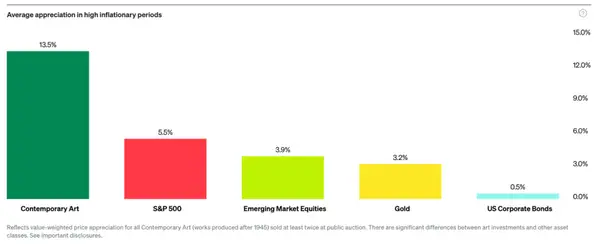
Something more critical is at play here: NFT's push into mainstream acceptance—in waves or otherwise—is unimportant. The global Art Market offers room—thriving grounds for disruptive elements like NFTs…In fact, currently, the NFT market is around $12 billion, representing less than 1% of the overall physical art market. Despite declining towards the end of 2022, there is still significant growth potential for NFTs as more people understand their value.
And precisely for these purposes, our article was written so more people understand NFTs and start investing in them. We want to give a simple guide for folks looking to get into the NFT trade. Merging art and tech, NFTs pull different people in for various reasons. Some like it because they love digital art and the artists that produce it. Others find themselves chasing after these things since everyone is talking about them—it's the latest hype, so to speak! Also, some hope that the NFT market will take ya big chunk of the 1.7 trillion dollar art market. Whatever your reason, we're here to help by clarifying the road ahead–showing you all the possible ways to invest in NFTs. As for the facts, we also cannot predict the future; the only thing we know at this point is that we are still very early.
“It’s worth acknowledging how early NFTs are as a new form factor. Just like it took lots of people trying to make different kinds of websites in the early internet, it will take a lot of experimentation with NFTs.”- Fred Ehrsam.
How to Invest in NFTs?
That is potentially the million-dollar question we are out to answer. We'll show you what you can do, starting from easy steps and moving to more tricky stuff.
Option 1: Buying NFTs directly
For now, the most used option is buying NFTs directly on well-known platforms like OpenSea. During the NFT craze of 2021, OpenSea was the most popular platform for buying and selling NFTs. Here is our quick guide to buying some NFTs:
- Make an account on Opensea, which works like our portal into the digital art world
- Set up a digital wallet – an example is MetaMask which protects your precious digital items. In fact, you can use almost any wallet that works with an ERC-720 contract – also the Morpher Wallet. Using an encrypted wallet, you can ensure that only you can buy and sell your NFTs.
- Navigate to any collection and bid or buy the NFT directly.
- Once you get bored of your NFT, you can put it up for auction and wait until someone else buys it. If you’re lucky – someone will bid on the NFT you own, and you will make a profit.
If you do not like Opensea, you can use many other user-friendly platforms to buy NFTs, like Rarible, Mintable, or SuperRare.
Option 2: Minting NFTs
Another exciting option lies in participating in the creation process of the NFT tokens or ‘NFT minting'. This change gives us an inside track witnessing the birth of extraordinary artworks ourselves! In that case, you sort of team up directly with projects or individuals involved and then watch closely as unique creations come to life before your eyes. Participating in the mint of the project most probably gives you one of the highest opportunities for outsized returns on your investment as you only pay for gas-tokens required to mint the artwork. Hence, there were many instances where people participated in the mint of Cryptopunks and got a Punk for less than 1 ETH. This sounds utterly ridiculous today as people mostly ask themselves, “Why Are Cryptopunks So Expensive?”
Getting the right project for minting is not easy, though. Most of the projects will not sell for higher prices after the mint, and you might end up paying a bunch of gas costs for minting the NFTs without a proper return. So ensure you are researching the projects well and following the announcements on crypto-twitter. Try to follow good accounts or NFT podcasts that know what they are discussing.
- Research artists or projects that offer opportunities to mint NFTs.
- Minting refers to the process of creating and tokenizing digital assets as NFTs.
- Keep an eye on announcements and social media platforms to stay informed about new drops.
- Prepare your wallet with the required cryptocurrency and be ready to mint the NFTs as soon as they become available.
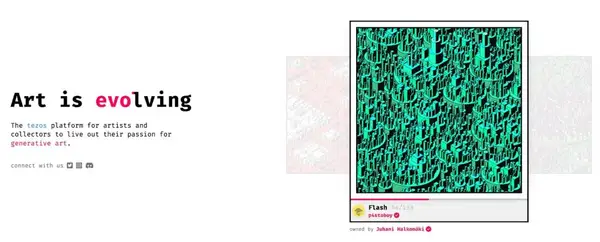
On a side note: An exciting platform to search for cheap projects to mint is fxhash. Fxhash is trying to become the world’s foremost generative art hub, where everyone can share, sell, buy and mint their artwork.
Option 3: Investing in NFTs with Morpher
Trading NFTs like Stocks? Yes, that is also possible and actually in a straightforward way. However, not in the traditional ways described above, that would cost quite a bit! Especially if you're eyeing names like Azuki NFTs or Doodles.
Wish to start small-scale trading? Prepare at least $50,000!
The star collections—Cryptopunks and Bored Ape Yacht Club—are even more tricky. Current owners cling on tight—making the trade harder.
Want to swap around two or three from these popular portfolios? Stock up a minimum of $300,000 for just that!
Fortunately, there's a simpler and better solution for NFT trading available on Morpher. You can trade the esteemed collections mentioned earlier on Morpher for as little as $1. Moreover, you can trade a whole index to profit from significant sales rather than relying solely on less sought-after NFTs. Additionally, you can trade NFTs like stocks or currencies using your favourite technical indicators or candlestick patterns. This creates a never-before-seen tradable market.
You might find it hard to believe, but let us show you the trading charts for NFTs on Morpher.
- Create an Account on Morpher
- Click on ”Unique Markets” and go to “NFTs.”
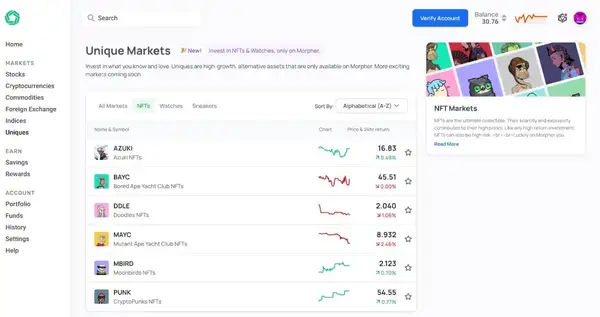
- Pick a collection and start trading.
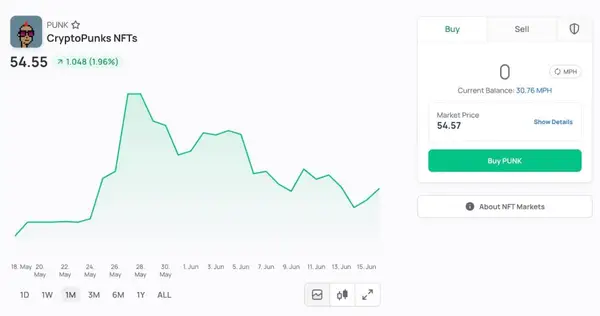
- Trade major collections like Cryptopunks, Zombie Bored Ape Club, and Azukis with various technical indicators and advanced trading charts.
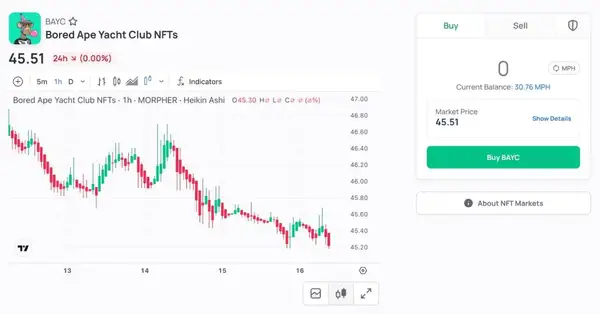
What Makes NFTs Valuable?
To understand the magnetism of NFTs, perhaps the best advice is to read the original piece on NFTs 101. In that piece, a part describes the sale of Punk 7804, purchased for a whopping $7.5 million by a pseudonymous collector going by the name “Perrugia” from the founder of Figma.

Here is a quote from Dylan, who thought Cryptopunks were the digital Mona Lisa after selling his punk. This quote clearly shows how culture and NFT art shapes the identity of a person:
“It was sort of a part of my identity. It was a mask. What are masks? They’re objects that you can project identity onto. And for 7804, the wise alien, I felt a bit different wearing it. And as soon as I sold it, it didn’t feel right to wear it anymore. And so I had to take it off. And now the person that’s wearing it, I’m like, “Wow, you are totally the wise alien, this is perfect.” But I definitely did feel very emotional about it. I felt extremely attached to it. It felt like a breakup to have sold it. I literally had dreams about it.”
This paradox of ownership is the ultimate challenge for any collector. As more people become invested in their tribe's success, the PFP symbolises one's identity. Once it becomes part of their identity, it is less likely to be sold. And with high-profile names like Jay-Z, Snoop Dogg, Serena Williams, and Odell Beckham Jr. among the owners of CryptoPunks, it's easy to see why many want to be part of one of the first NFT art projects. As stated in the vast NFT 101 piece:
“In short, buying a CryptoPunk certainly is a speculative bet right now, but it’s far from being a totally baseless, foundationally empty speculative bet.”
Conclusion
To conclude, buying NFTs as an investment has many different sides. For some buying an NFT is angel investing in culture while verifiably owning a part of that culture and profiting if your culture wins.
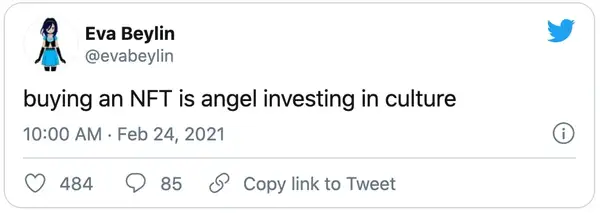
For others, investing in NFTs is the same as investing in stocks or crypto; they are simply interested in picking the suitable investment and profiting from the price increase. With Morpher, you can probably apply this technique the easiest, even using technical indicators to give you an edge over others.
Again others are using NFTs for entirely different use cases, like investing in a specific collection to become part of a particular club or discord. As you can see, there are almost endless possibilities, so no matter what type of investment you choose, we hope this article allows you to start in the world of NFTs.

Disclaimer: All investments involve risk, and the past performance of a security, industry, sector, market, financial product, trading strategy, or individual’s trading does not guarantee future results or returns. Investors are fully responsible for any investment decisions they make. Such decisions should be based solely on an evaluation of their financial circumstances, investment objectives, risk tolerance, and liquidity needs. This post does not constitute investment advice.

Painless trading for everyone
Hundreds of markets all in one place - Apple, Bitcoin, Gold, Watches, NFTs, Sneakers and so much more.

Painless trading for everyone
Hundreds of markets all in one place - Apple, Bitcoin, Gold, Watches, NFTs, Sneakers and so much more.

